Doubling down on cell phone usage
Student Cell Phone Policy reinforced
Junior Nora Hall uses her cell phone during class April 21. Efforts to enforce the Student Cell Phone Policy are now being further prioritized.
April 24, 2022
Out of all the distractions during the school day, cell phones have to be the most tempting, according to French teacher Kyle Sweeney.
“There are a lot of distractions other than cell phones, but if we can eliminate one that’s always on the minds of everyone (then we should make that a priority),” Sweeney said. “The more focused you can be on something, the more likely you are to retain that information.”
In the 6425 Newsletter April 17, the Student Cell Phone Policy was outlined for students and parents alike. The policy bans the use of cell phones during class without prior permission from a teacher — limiting screen time to lunch and passing periods. To rid the distraction completely, administration recommends keeping cell phones at home. According to assistant principal Jessica Busse, this message was sent out as a reminder, which felt crucial to release following parent inquiries.
“There were actually some complaints about it from parents after conferences, because a lot of students were given the feedback that cell phones are an issue and are distracting for students in the classroom,” Busse said. “So parents were asking: what is the cell phone policy? That’s why we shared that.”
Calling attention to rules and guidelines surrounding cell phones fits into a larger picture, according to Sweeney.
“We’re reteaching the cell phone policy to try to create that as school culture — for the end of this year, but then also for future years. So that becomes part of the understanding between administration, teachers (and) students,” Sweeney said.
Following all-encompassing events such as spring break and standardized testing, it felt important to reintroduce the policy, according to math teacher Amanda Forsberg.
“They (administration) are trying to reinforce what should have been established the whole time. And coming out of spring break, reminding everyone what the policy is,” Forsberg said.
Though the policy may look good on paper, carrying it out is a different story, according to junior Miles Nordling.
“I don’t think it’s effective at all. I don’t have any issues with the policy myself, but I know a lot of people don’t pay attention to the policy and I don’t think it’s enforced across the board,” Nordling said.
Not only does the policy fall short in its execution, it is not combating the real problems at hand, according to senior Martha Macharia. In her experience, separating students from their cell phones is a losing game.
“If anybody has their phone out, it’s probably because they’re bored in class. (But) whether they’re on their phone or not, they’re probably still distracted so it doesn’t matter,” Macharia said.
History teacher Jill Merkle sees cell phone use as a signal to check in with her students and adjust her teaching accordingly.
“If I see a lot of cell phones out while I’m talking, then I know I need to do something else, or maybe I’m talking too much, or (I think) what’s something that could be more hands-on and engaging. So I try to think creatively through that and have those conversations with students,” Merkle said.
According to Nordling, Park administration is attempting to fix a major problem with inadequate measures — putting a bandaid on a bullet wound, so to speak.
“It’s more of a widespread issue with addiction. There’s a lot of people (that) rely on their cell phones, and that’s a deeper issue than we can solve in the schools,” Nordling said.
Navigating when and when not to use a cell phone is a necessity in the modern age, according to Busse.
“It’s a shared responsibility (but) teachers have to set the expectation,” Busse said. “Even as an adult, I have to know when is an appropriate time to pull out my phone, and when is not an appropriate time to be on my phone. So we have to have those lessons for our students as well.”



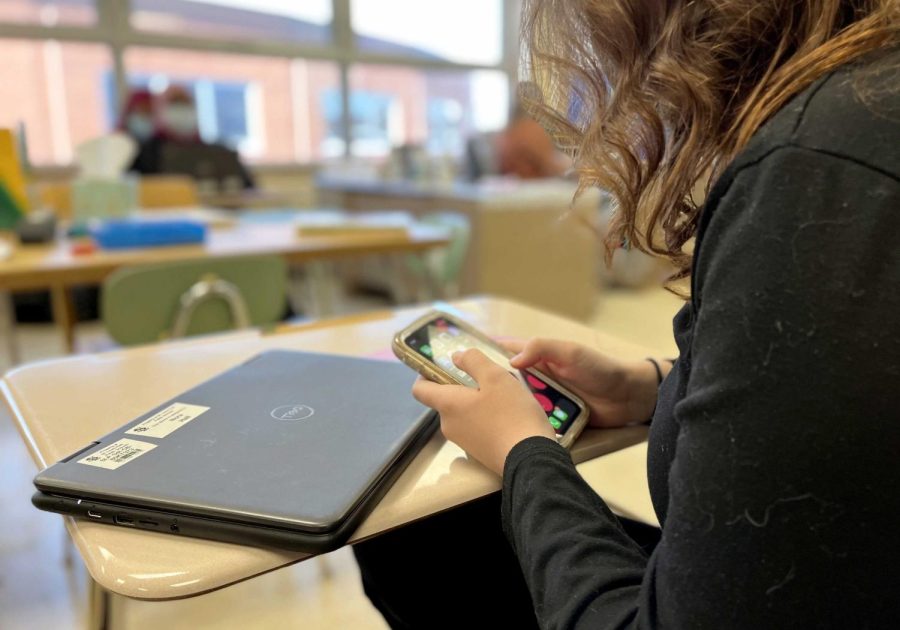



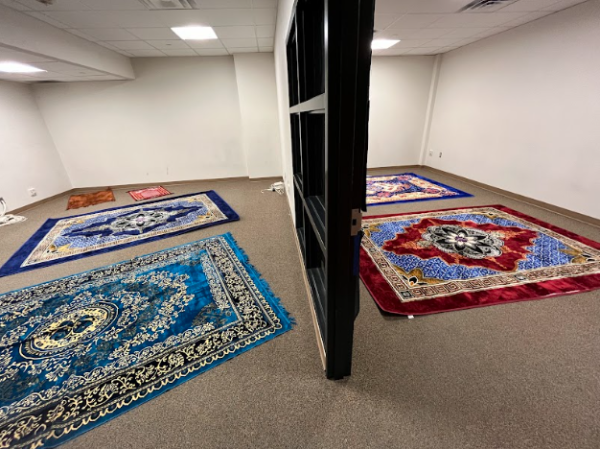
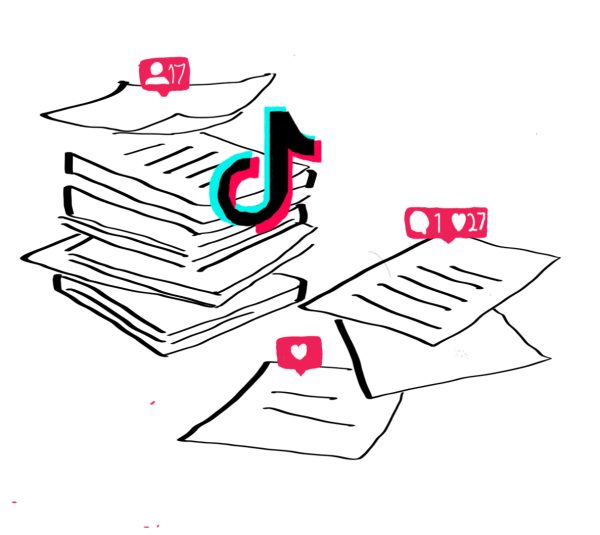
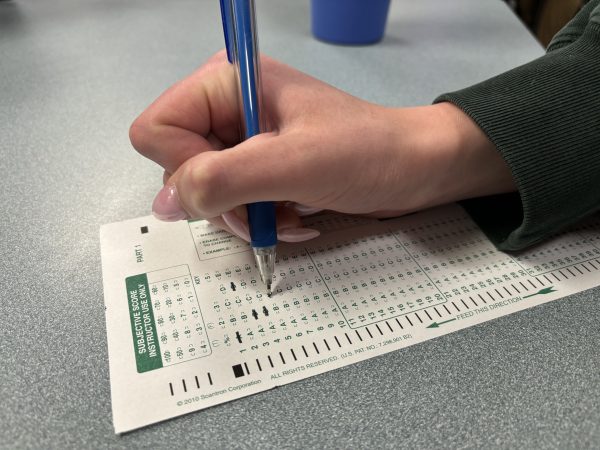
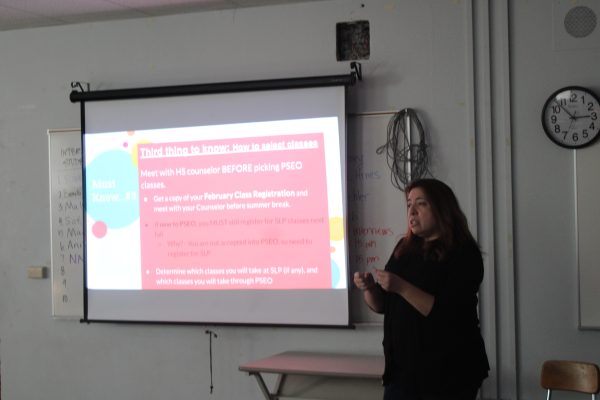
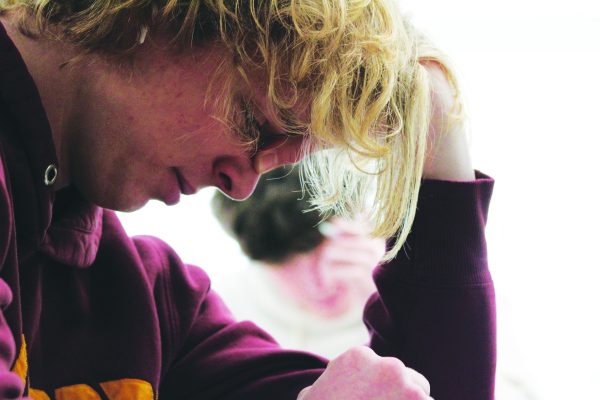
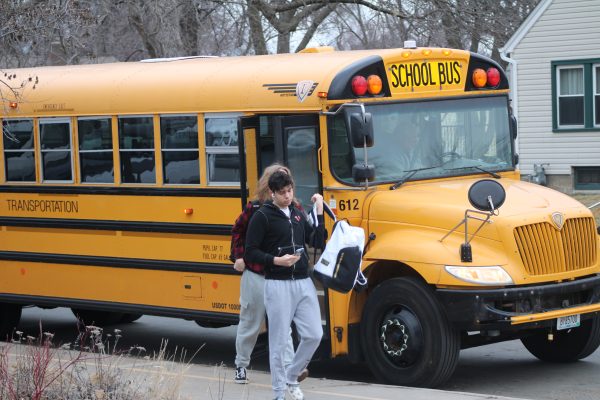

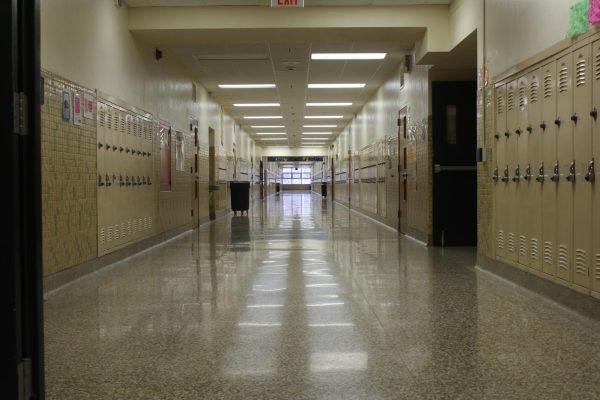
laura • May 1, 2022 at 8:44 am
love the final sentence! It is so true that we all need guidelines for cell phone use, it is addictive for kids and adults alike!! High School is a great time to be teaching controlled cell phone usage.